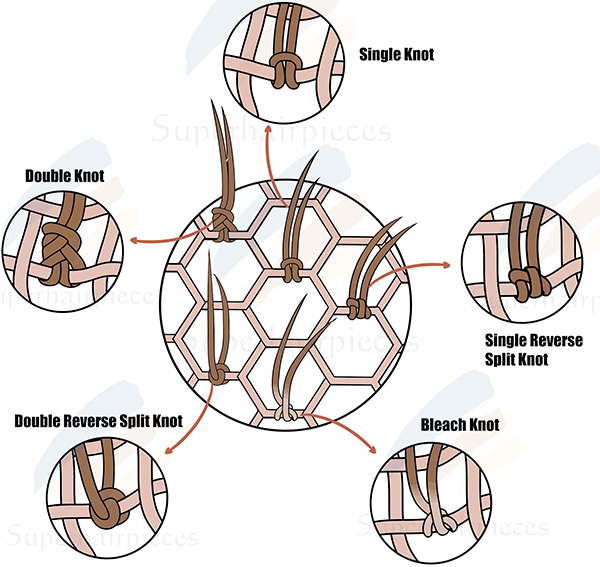Find out 5 Basic Knotting Methods Used on Hair Systems
Posted by Superhairpieces on Mar 26, 2019
Tie-ing the Knot?! Know your knot game!
Many people understand that hair pieces are all hand-made. However, not many know that there are different types of knots that make the unit look and fit into one’s desired look. This article will look at commonly used knots and a couple of different methods not many know about.
Single Knots
Single knots on hair systems are usually done with a few strands of hair knotted on the system once (The amount of hair on the knot usually depends on the density). This type of knotting does not provide a lot of volume or durability like the other knotting methods. Due to the nature of the loop, the single knots are usually knotted flat in one direction, which is great for those flat back hairstyles. It provides a more natural looking hair system as the knot at the root of the unit are smaller and almost invisible.
See ‘Single Knot’ photo
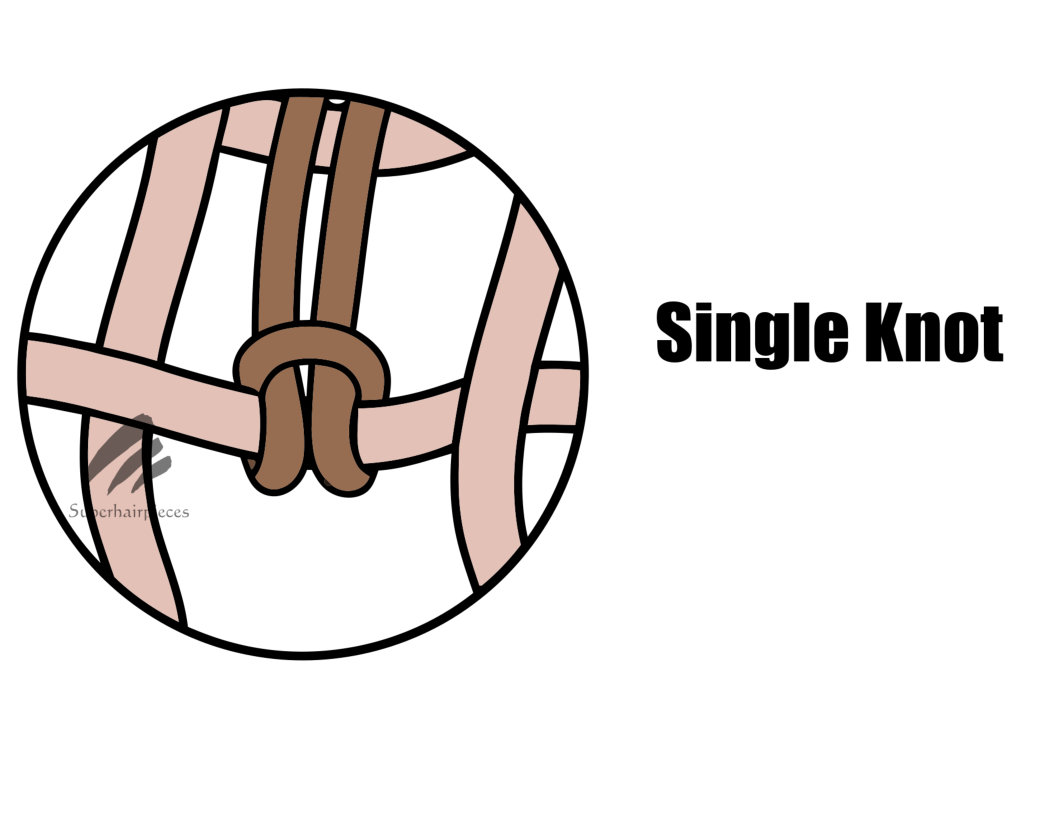
Hair Systems that use this type of knots are:
Please see chart below for the full comparison of models
Double Knots
Double Knots are also a few strands of hair knotted on the system, but instead of looping once, the worker loops it twice. This knot is one of the most durable knots, but it is not the most natural looking. Since the knots are knotted twice with a few hairs, those little pesky dots at the bottom of the base are really apparent. However, the benefit is that it provides systems with much needed volume at the roots and allows much more room for added density.
See ‘Double Knot’ Photo
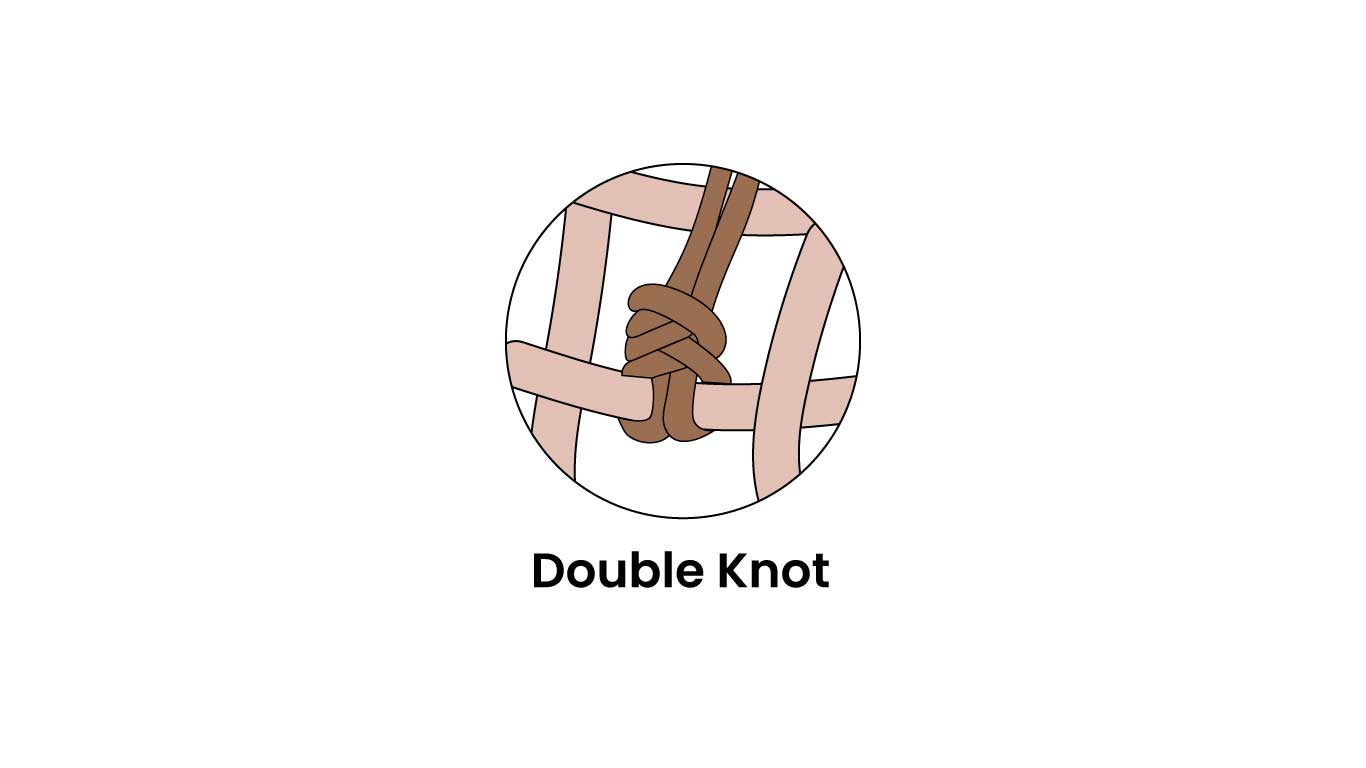
Hair Replacement Systems that use this type of knots are:
Custom made hair pieces for women
Please see chart below for the full comparison of models
Single Reverse Split Knot
The single reverse split knot, is very popular and the most common knot you will see on the any poly skin base material. If the system has a poly skin perimeter, you can almost guarantee that the systems will have this type of knotting used in those areas. That’s because not only does it provide more durability than a single knot while allowing more movement in the hair. The poly helps seal in the knots better. It also is less detectable at the root since the knots are smaller than a double reverse split knot. This knot is best used in front of systems with poly perimeters to provide a more natural look. It is also used all throughout a full skin base.
This knot differs from a single knot due to the fact that the single knot can only be knotted in one direction, and therefore movement is not usually easy. If you compare the two knots, in a single knot the hair ends up in the same direction. With a single reverse split knot, splits the strands into two causing a slight gap to provide that movement. (see the comparison below). The downfall to this knot is that the knots can loosen faster than the double split reverse knot, but it still holds better than a single knot. Also, because the hair direction can differ it may create a messy look.
See ‘Single Reverse Split Knot’ photo.
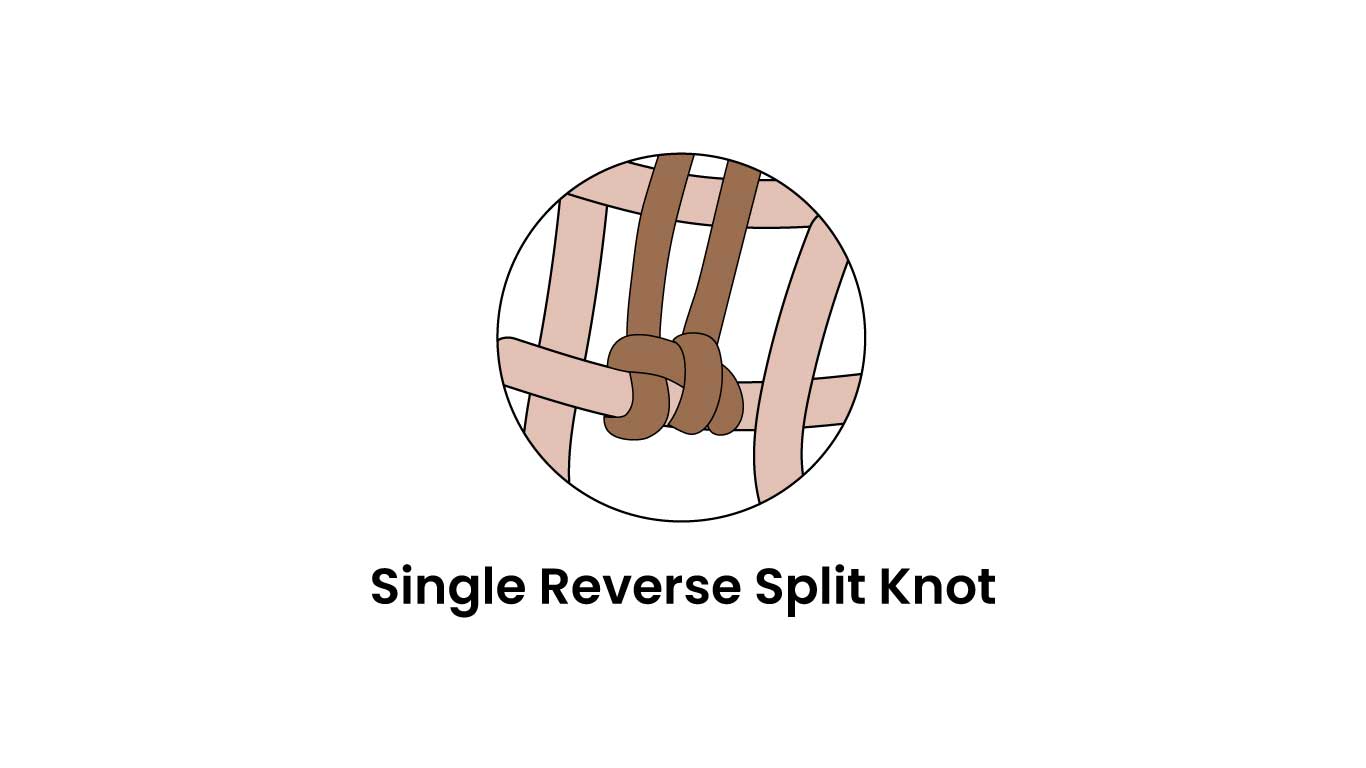
Comparision

Hair Systems that use this type of knots are:
Fine welded mono lace such as M103
The Front of mono silk top such as M100, M102, M108
Please see chart below for the full comparison of models
Single-Strand Single Knots
Single-strand single knots is a method that uses only one to two strands of hair per one knot. You can imagine how long it would take to hand-tie a system like this. However, this knotting technique makes the system look really natural, as the knots are very small and almost undetectable. Superhairpieces uses this knotting technique on the M110.
The M110 is a superfine welded mono lace which is a more delicate material than a fine welded lace, as well as the holes for knotting are closer and smaller. This material is best to use with the single-strand single knot method. Since the holes are closer together, it allows more room for each individual strand of hair to be knotted on the unit, versus regular lace systems where the holes are more spread apart. Creating the look of a lighter looking density unit. (Which pretty much means, the hair is more spread apart and there;s not enough hole to fill the density needed.) Therefore, this knotting is only good for light density units.
Hair Replacement Systems that use this type of knots are: M110
Please see chart below for the full comparison of models
Double Reverse Split Knot
This knot is very similar to the single reverse split knot providing that movement in the hair. Since the knots are knotted twice, it is twice as durable as a single split reverse knot. This knot is commonly used in the top and back of systems to provide that extra volume and movement. Typically, more than a few strands of hair are knotted to provide that density. The downfall to this knot is that the knots are twice as big and therefore more visible at the root. It is never suggested to use this type of knot in the front of the system unless it is knotted with a single strand.
Typically, lace bases will have this knot used in the front, however it is only knotted with one single strand. Almost like the single-strand single knots in the M110 but instead of one knot, it will be double knotted. This allows for that natural look without having big pesky black dots at the roots. While also providing that durability and volume at the front of the system.
See ‘Double Reverse Split Knot’ photo.

Hair Systems that use this type of knots are:
French & Swiss Lace bases such as M105, HD105, M115
Lace Front Toupee of M106, M116, M104, M109
Please see chart below for the full comparison of models
Bleach Knot
Bleach knots is a method or technique used to create the illusion that the knots do not exist, as if the hair comes right out the skin. This method helps minimize the look of those pesky little dots at the roots by bleaching the base of the system lighter. As shown on the image below, the color of the root has lighten. This bleaching technique can be used on any knots, but because it is being chemically treated, it will affect the quality of the knots causing premature breakage.
See ‘Bleach Knot’’ photo.
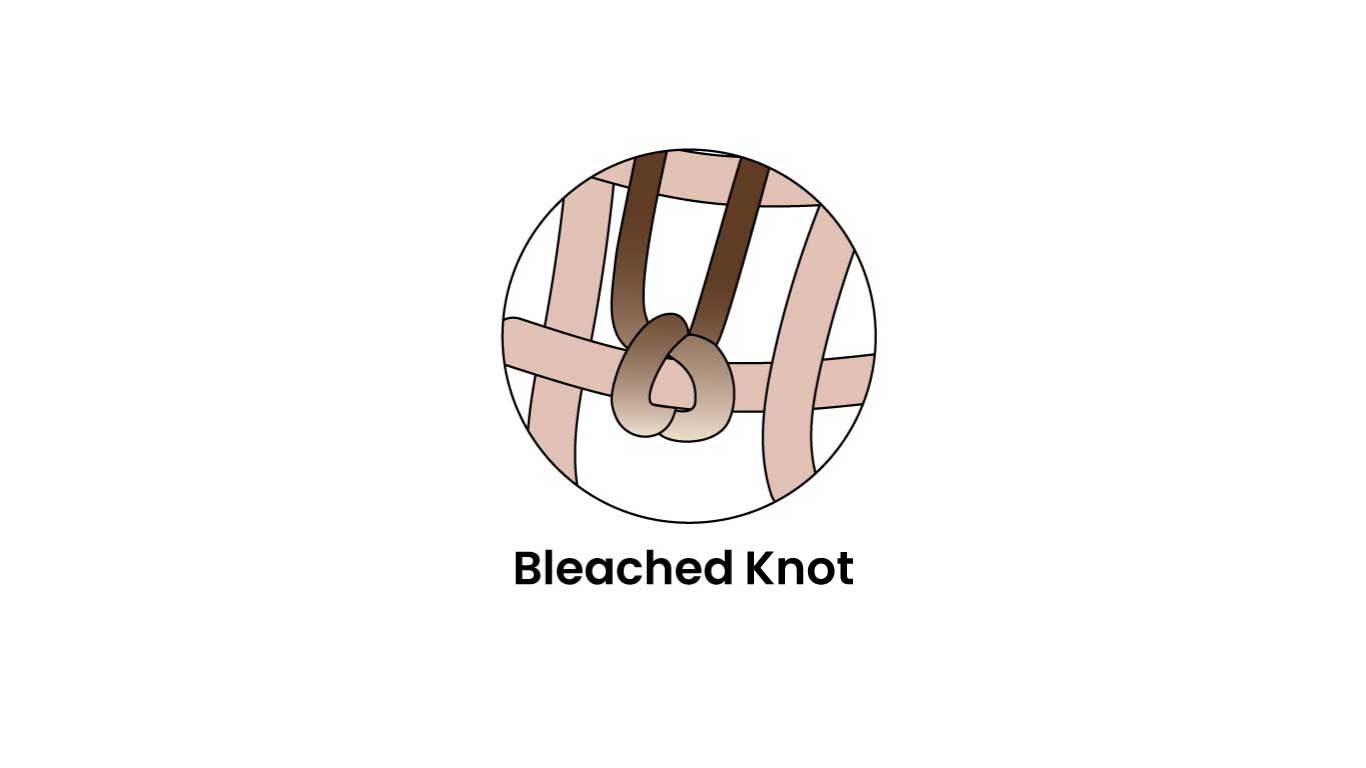
The Bleach Knot collection consists of the M105, M110, M104
Please see chart below for the full comparison of models
COMPARISON OF KNOTS

CHART COMPARISON OF MODELS

If you are interested in learning more or purchasing non surgical hair replacement systems for yourself, contact one of our Superhairpieces consultants today at 1-866-814-7879 or email at sales@superhairpieces.com to set up your virtual appointment.
Be sure to subscribe to our email list to ensure you get all the product information you need.
Need further information? Browse through our website at www.superhairpieces.com (US & International) or superhairpieces.ca (CAN)
Don’t forget tag us at @Superhairpieces and #Superhairpieces on your social media channels to get a shoutout!
 Likes
Likes


 USA
USA

 USD
USD
